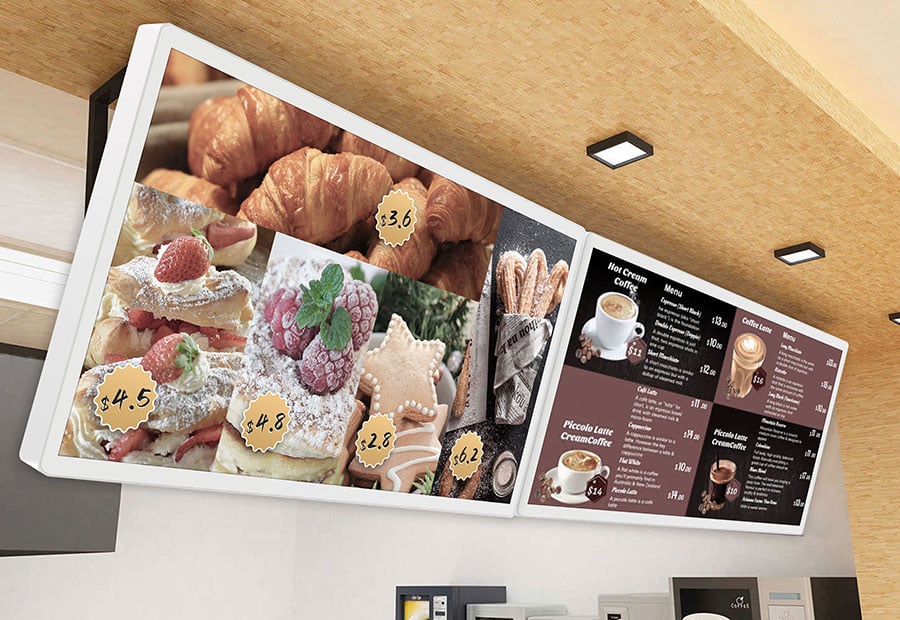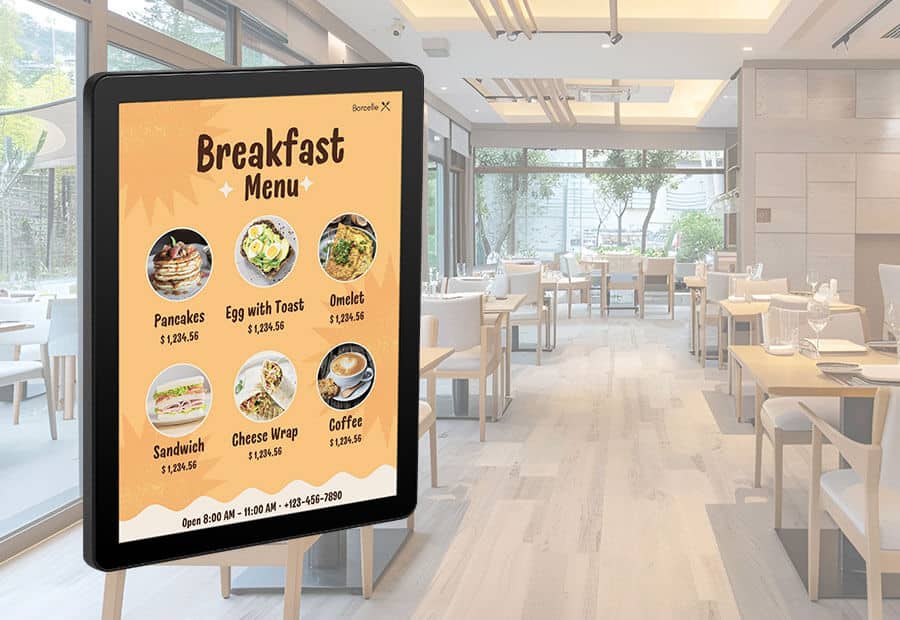Comparing Electronic Paper Displays with OLED and LED
Comparing Electronic Paper Displays with OLED and LED
Blog Article
Display engineering is becoming an intrinsic section of our everyday lives, showing in sets from smartphones and e-readers to large-scale marketing panels. Among the diverse array of large E ink display, OLED (Organic Light-Emitting Diodes), and LED (Light-Emitting Diodes) have surfaced as some of the very most commonly discussed options. While each type serves a unique unique function, their variations in characteristics, efficiency, and use instances make them suitable for particular applications. Let's take a closer go through the key faculties of the display technologies.
Electronic Paper displays (ePaper)
Electronic Paper displays, also called ePaper or Electronic Ink displays, are created to mimic the appearance and readability of conventional Ink on paper. This engineering employs small microcapsules containing charged dark and bright particles stopped in an obvious fluid. When a power subject is used, the contaminants go on to either side of the supplement, producing a visible image. The picture stays fixed until yet another electrical field is used, rendering it perfect for displaying text-based material such as for instance books, magazines, and e-readers.

One of the major benefits of ePaper displays is their reduced energy consumption. Unlike old-fashioned LCD
Knowledge Electronic Paper displays
A digital Paper display (ePaper) mimics the look of Ink on paper. Unlike standard screens, ePaper depends on their capability to reflect normal gentle as opposed to emitting their own. This technology not merely diminishes attention strain but in addition provides unmatched readability in sunshine, making it suitable for e-readers and digital signage solutions.
One standout feature of ePaper displays is their very reduced energy consumption. Since they just use power when adjusting content, ePaper monitors are extremely effective and suited to battery-powered devices. Nevertheless, their refresh rates are slower in comparison to OLED and LED displays, decreasing their applicability to fixed or minimally active content.
OLED displays
OLED displays are noted for their stunning visual quality, giving lively shades, strong blacks, and exemplary contrast. Each pixel within an OLED display produces a unique gentle, reducing the need for a backlight. This not only permits leaner, more lightweight patterns but additionally effects in better energy effectiveness in comparison to LED in certain scenarios.
One crucial advantage of OLED displays is their flexibility. They can be produced in circular or collapsible types, making them popular in cutting-edge smartphones and wearable devices. Nevertheless, OLED monitors include difficulties, such as for instance susceptibility to burn-in and smaller lifespans compared to other technologies.
LED displays
LED displays, the most frequent of the three, depend on a backlit program to light their pixels. Whilst not as successfully impressive as OLED 13.3" epaper display, LEDs are highly resilient, long-lasting, and cost-effective. These characteristics cause them to become suited to a wider range of applications, including TVs, computer screens, and outside advertising.
LED displays generally conduct properly when it comes to illumination, creating them the ideal choice for situations with high surrounding light. However, they flunk in achieving the exact same strong comparison and color precision as OLED technology.

Final Comparison
When determining between ePaper, OLED, and LED displays, the choice depends mainly on the supposed purpose. For static content like reading or signage, ePaper excels having its minimal power consumption and high visibility in natural light. OLED shines in purposes wherever vibrant colors and flexibility are paramount. Meanwhile, LED stays a trusted and cost-efficient solution for many different general-purpose needs.
Each display engineering provides something distinctive to the dining table, ensuring that there is an ideal option for every situation. Understanding these differences can help people and companies produce educated conclusions that suit their specific display requirements. Report this page